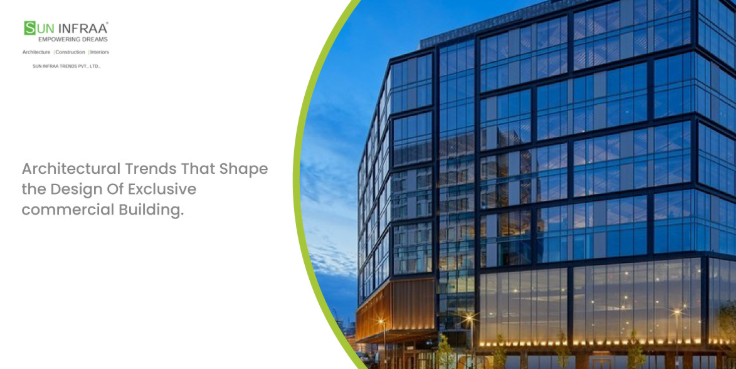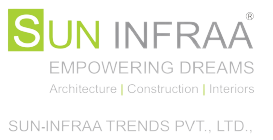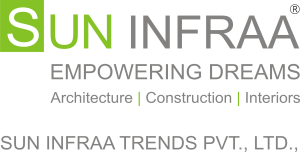Architectural Trends That Shape the Design of Exclusive Commercial Buildings
In today’s rapidly evolving urban landscape, commercial architecture is undergoing a significant transformation. The design of exclusive commercial buildings is no longer just about aesthetics—it is a fusion of functionality, sustainability, technology, and experiential design. With businesses striving to make a lasting impression on clients and employees, architects are integrating cutting-edge trends that redefine the way commercial spaces are designed and utilized.
1. Sustainable and Green Architecture
Sustainability is no longer an afterthought; it is at the forefront of commercial building design. Architects are focusing on eco-friendly materials, energy-efficient systems, and biophilic elements to reduce the carbon footprint of buildings while enhancing occupant well-being.
Key Sustainability Trends:
- LEED-certified buildings that adhere to strict environmental standards.
- Solar panel integration for energy-efficient power generation.
- Green roofs and living walls that enhance air quality and insulation.
- Rainwater harvesting systems for water conservation.
- Use of reclaimed and sustainable materials to reduce environmental impact.
Sustainable commercial architecture not only meets regulatory standards but also enhances brand reputation by showcasing a company’s commitment to environmental responsibility.
2. Biophilic Design and Natural Elements
Biophilic design focuses on integrating nature into architecture to enhance mental well-being, productivity, and creativity. This trend is gaining traction in exclusive commercial buildings, where companies aim to create healthier and more engaging work environments.
Elements of Biophilic Design:
- Large glass facades and skylights to maximize natural light.
- Indoor gardens, water features, and green walls for aesthetic and air-purifying benefits.
- Use of natural materials such as wood, stone, and bamboo.
- Outdoor workspaces and terraces for relaxation and collaboration.
Studies have shown that workplaces with natural elements reduce stress, boost productivity, and foster a positive company culture, making biophilic design an essential feature of modern commercial architecture.
3. Flexible and Multi-Functional Spaces
Modern businesses require adaptable spaces that can cater to dynamic work environments. The shift towards hybrid work models has led architects to design commercial buildings with flexible layouts that accommodate various needs.
Flexible Space Innovations:
- Modular office spaces that can be reconfigured based on requirements.
- Collapsible walls and movable partitions for versatile room arrangements.
- Shared coworking spaces for collaboration among different businesses.
- Multi-purpose areas that function as workspaces, event venues, and social hubs.
This approach allows businesses to maximize space efficiency while fostering a more engaging and collaborative work environment.
4. Wellness-Centric Design
Employee well-being is a top priority in modern commercial architecture. Architects are designing buildings that promote health, comfort, and work-life balance, recognizing that a positive work environment boosts productivity and employee retention.
Wellness-Oriented Architectural Features:
- Well-ventilated interiors with advanced air purification systems.
- Fitness centers, yoga rooms, and relaxation zones within office spaces.
- Noise-canceling architecture with acoustic-enhancing materials.
- Daylight optimization and ergonomic office layouts for enhanced comfort.
By focusing on wellness-centric design, businesses can create healthier work environments that support employee engagement and satisfaction.
Conclusion
Exclusive commercial buildings are more than just places of business; they represent innovation, sustainability, and corporate identity. The future of commercial architecture lies in integrating smart technology, eco-conscious design, flexible spaces, and wellness-centric features to create dynamic and future-proof environments.



